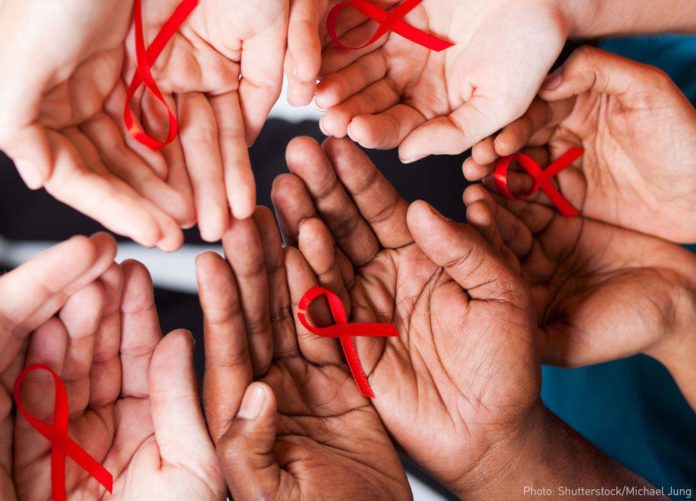Gene-Edited Cells Cut Down HIV Risk in Non-Human Primates
Notable cell-based approaches towards curing HIV have taken precedence in the last decade inspired by the cure of the Berlin Patient, who was transplanted with hematopoietic stem cells from a donor that carried a mutation at the CCR5 locus.
Timothy Brown, known as the Berlin Patient, has recently reached 11 years of HIV-free remission in the absence of combination antiretroviral therapy (cART). The procedure eliminated HIV from his system, likely facilitated by a mutation in the gene CCR5 in the donor cells that made them resistant to HIV.
However, it is rare to find matching donors with CCR5 mutations, and transplant is considered too dangerous for otherwise healthy HIV-positive patients, due to risk of donor cells attacking patients’ cells. Now, a gene editing of bone marrow stem cells in pigtail macaques infected with simian/human immunodeficiency virus (SHIV) has demonstrated significant reduction of the size of dormant “viral reservoirs” that pose a risk of reactivation.
Based on a previous work that involved safely removing bone marrow stem cells from a healthy macaque, editing the CCR5 gene, and transplanting the cells back into the macaque, where the CCR5-mutant cells were found to successfully multiply
, the scientists at the Fred Hutchinson Cancer Research Center, have now developed a new effective approach towards cutting down HIV risk.Now, the research team has performed the same technique in macaques infected with simian/human immunodeficiency virus (SHIV) and receiving antiretroviral therapy, making them analogous to HIV-infected people undergoing treatment to keep their HIV levels low. The scientists found that, after transplant, the CCR5 gene-edited cells were able to multiply in the macaques, giving rise to white blood cells that also had the mutation and were therefore resistant to SHIV.
In the macaques tested, edited cells were detected in viral reservoirs when a tissue analysis of the macaques was conducted. Viral reservoirs are groups of cells hijacked by SHIV to produce more copies of the virus, but which are currently in a dormant state. These reservoirs seemed to reduce following exposure to the modified cells, an important effect as current antiretroviral therapies have no impact on the reservoirs, which could reactivate and produce more SHIV at any point.
Over time, around 4% of each macaque’s white blood cells included the CCR5 modification — too low a number to stimulate SHIV remission without also continuing antiretroviral therapy.
The team is now attempting to increase this percentage through improving the efficacy of their gene-editing technique, with the hope that their method could one day help to combat HIV in humans.
































